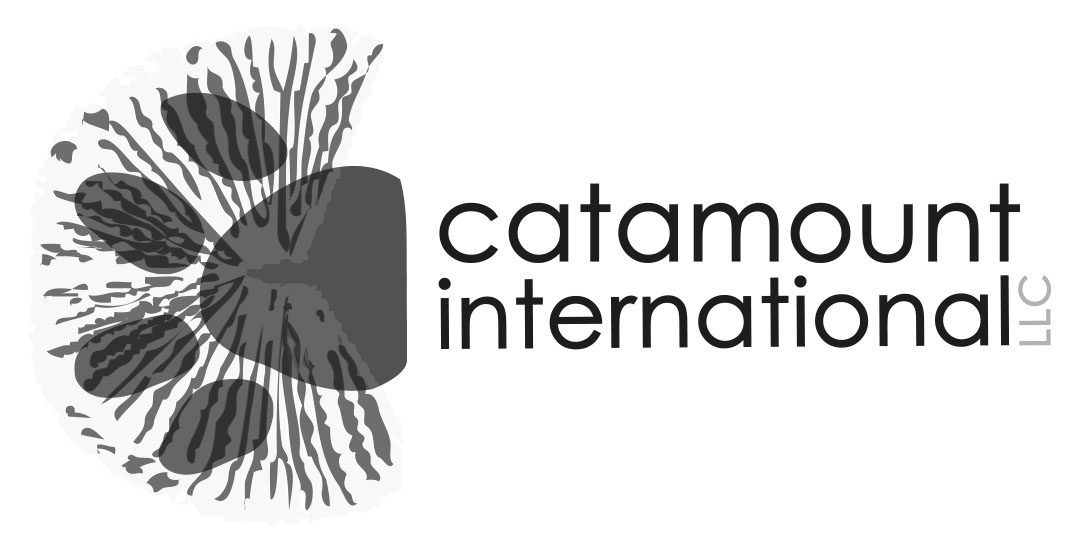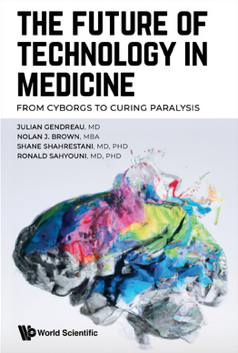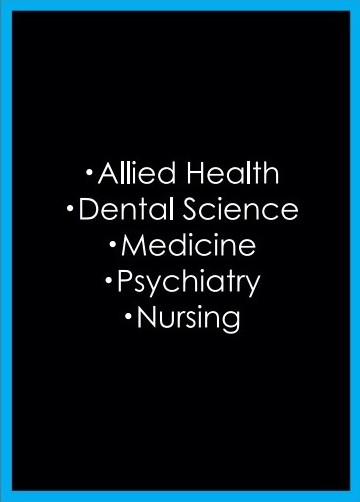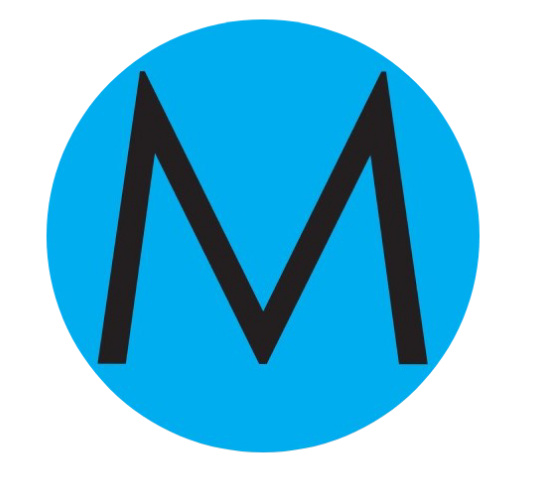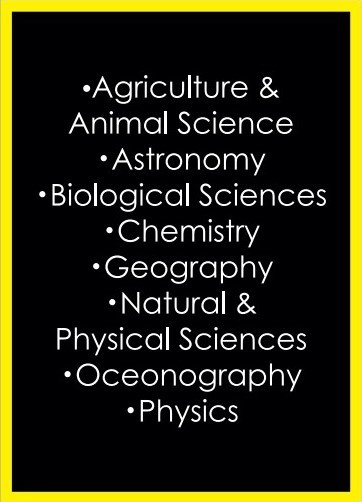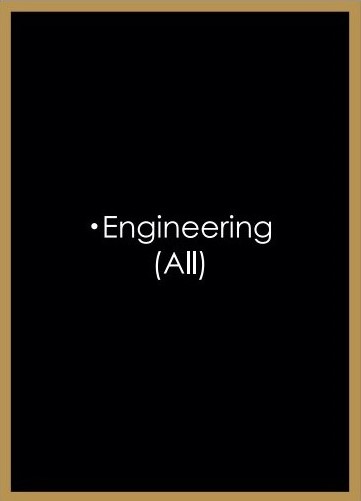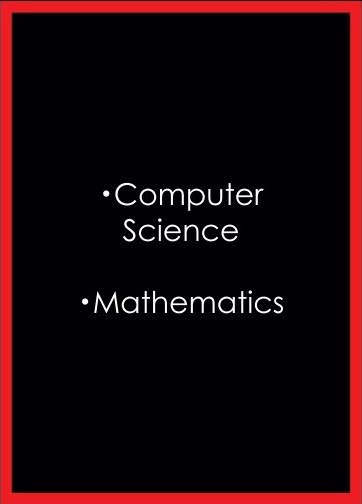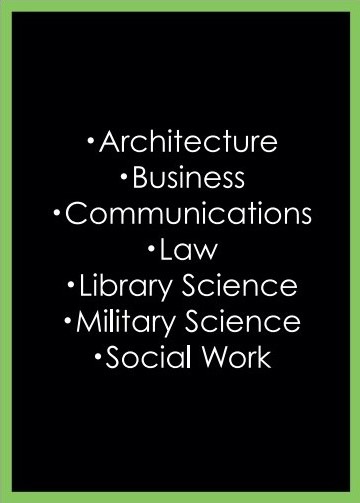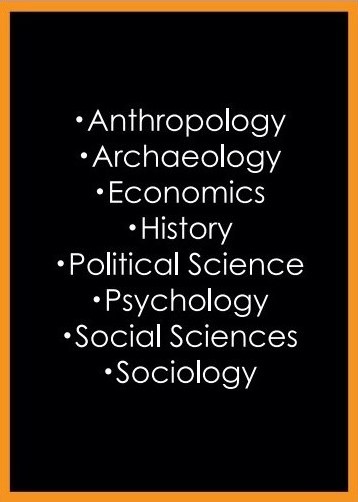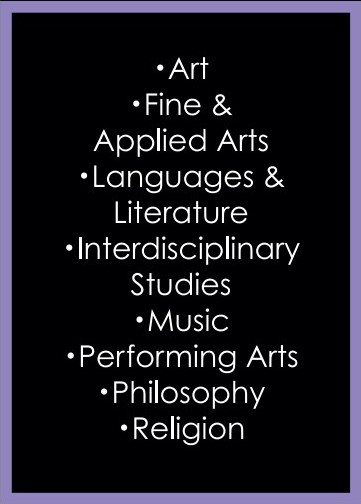The Future of Technology in Medicine
Breve Descripción
La tecnología, sin duda, ha dado lugar a avances en muchas áreas diversas de nuestras vidas en la actualidad. Incluyendo los métodos que usamos para tratar a los pacientes en medicina. Esto es especialmente cierto cuando se examinan los enfoques de la neurociencia en la tecnología, también conocida como neuroingeniería. En este libro, los autores analizan estos avances tecnológicos de la atención médica en 14 capítulos completos diseñados específicamente para ser leídos y entendidos por cualquier persona interesada en aprender más sobre tecnología en medicina.
Breve descrição
A tecnologia, sem dúvida, levou a avanços em muitas áreas diversas de nossas vidas hoje. Incluindo os métodos que usamos para tratar pacientes na medicina. Isso é especialmente verdadeiro ao examinar as abordagens da neurociência à tecnologia, também conhecidas como neuroengenharia. Neste livro, os autores discutem esses avanços tecnológicos na área da saúde em 14 capítulos abrangentes, elaborados especificamente para serem lidos e compreendidos por qualquer pessoa interessada em aprender mais sobre tecnologia na medicina.
Full description
What is machine learning? What is the current state of prosthetics in healthcare? Can scientists cure paralysis? Are supercomputers composed of human DNA real?
These are all questions contemplated by both highly educated biomedical engineers and individuals without formal scientific training that have simple interests in medicine. Technology, undoubtedly, has given rise to advancements in many diverse areas of our lives today. It has led to improvements in the ways we complete business transactions, the ways we use social media to connect with others, and in the methods we use to treat patients in medicine. This is especially true, when examining neuroscience approaches in technology, otherwise known as neuroengineering. Concepts such as machine learning and artificial intelligence will one day assist practitioners in making more accurate and superior medical diagnoses. Novel prosthetics are currently being devised utilizing intracranial brain computer interfaces to recreate patient thoughts for controlling these prosthetics. Supercomputers, composed of human genetic material, are being utilized to make processing speeds faster than current computers by magnitudes of speed. With all of these advancements, medical technology is a burgeoning and interesting area of study.
In this book, the authors discuss these technological advancements of healthcare in 14 comprehensive chapters specifically designed to be read and understood by any individual interested in learning more about technology in medicine. Co-author, Nolan Brown has over 100 peer-reviewed publications in the neurosurgical and neuroengineering literature. Dr Shane Shahrestani MD, PhD, participated in the world's first portable stroke detection device utilizing magnetic fields. He currently has NIH grant funding for the device. Dr Ronald Sahyouni MD, PhD, has novel work in myoelectric prosthetic devices. From discussing topics such as creating the first human cyborgs, to discussing topics on humankind's first attempt at curing paralysis, this book takes an informative approach to educate interested individuals regardless of their educational background.
Medical
otras áreas de / interés...
other areas of / interest...
outras áreas de interesse...
¿Buscas un título en un área específica?
¿Buscas un título en un área específica?
¿Procurando livros em uma área específica?



